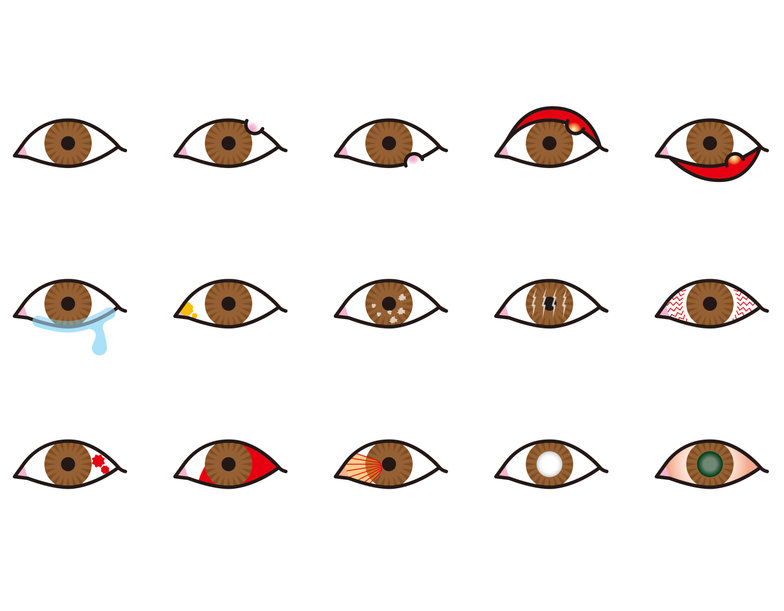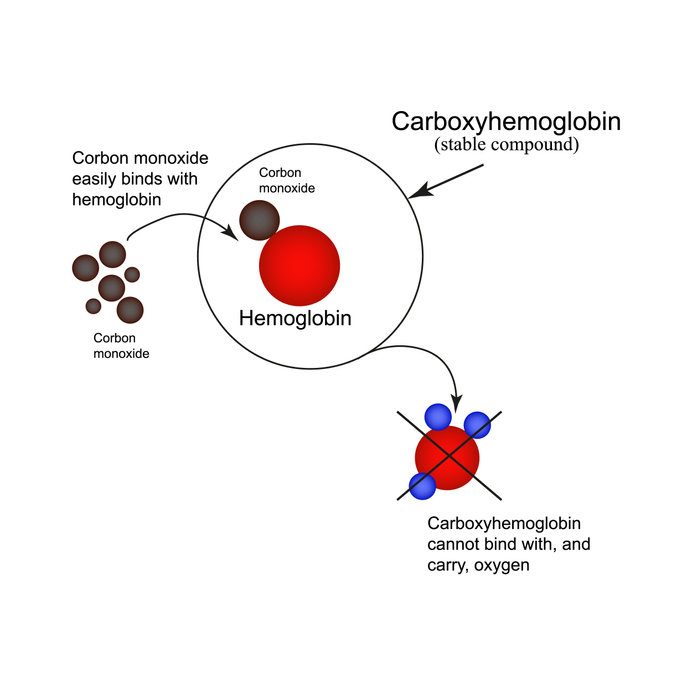
The painful red eye differential diagnosis and traps to avoid
1st October 2021
Another expert with a bill
12th October 2021Carbon monoxide is a poisonous gas, which has no smell or taste and is difficult to detect. Diagnosing carbon monoxide poisoning can be challenging because many symptoms could be missed or put down to other conditions. Those poisoned by carbon monoxide must be treated quickly, as delays in treatment can cause severe complications and death.
The symptoms of carbon monoxide poisoning
The longer someone is exposed to carbon monoxide, the more severe their symptoms will be. Patients may experience something similar to a tension headache at low levels, often accompanied by dizziness, tiredness and confusion, feeling nauseous or being sick, stomach cramps, and shortness of breath.
These symptoms are sometimes confused with either food poisoning or the flu. You need to check a patient’s temperature to rule out flu, as carbon monoxide does not cause the same raised temperature as flu.
Long-term exposure to low levels of carbon monoxide may lead to difficulties in concentrating and frequent changes in emotion, for example, making irrational decisions, acting on impulse and irritability.
If someone inhales higher levels of carbon monoxide, they may be mentally impaired, experience the room spinning, lose physical coordination and experience muscle spasms. There may also be noticeable breathlessness and a heart rate of over 100bpm. In the most severe incidents, a person will lose consciousness, and death may occur within a matter of minutes.
Treatment for carbon monoxide poisoning
A simple blood test will confirm the amount of carboxyhaemoglobin in a patient’s blood, with a level over 30% indicating they have been exposed to high levels of carbon monoxide. Be aware that smokers often have elevated levels of carboxyhaemoglobin to start.
In the mildest cases, patients won’t require hospital treatment, but the person affected should investigate the source of the carbon monoxide leak.
Those who have been exposed to higher levels of the gas will require oxygen treatment. This could involve using a tight-fitting mask delivering 100% oxygen to replace the carboxyhaemoglobin in the blood. This needs to continue until carboxyhaemoglobin levels have fallen below 10%.
Some patients may need to be transferred to a hyperbaric chamber. These chambers deliver high oxygen levels into the body to flush out carboxyhaemoglobin rapidly. This is often the best course of action if someone has endured prolonged exposure to carbon monoxide and suspected nerve damage.
Long-term outlooks
The longer someone has been exposed to carbon monoxide, the more likely they are to be affected long-term. Some patients will have suffered low-level brain damage, which may also lead to hearing or vision loss. In some instances, prolonged exposure can trigger the onset of Parkinson’s Disease.
Other people may develop coronary heart disease as a result, which can cause heart attacks weeks or months after initial treatment.
Quickly diagnosing carbon monoxide is essential. The sooner the symptoms are identified and treated, the better the short and long-term outcomes for the patient.





1 Comment
[…] most severe cases of carboxy-haemoglobin poisoning happens in either house fires or faulty […]